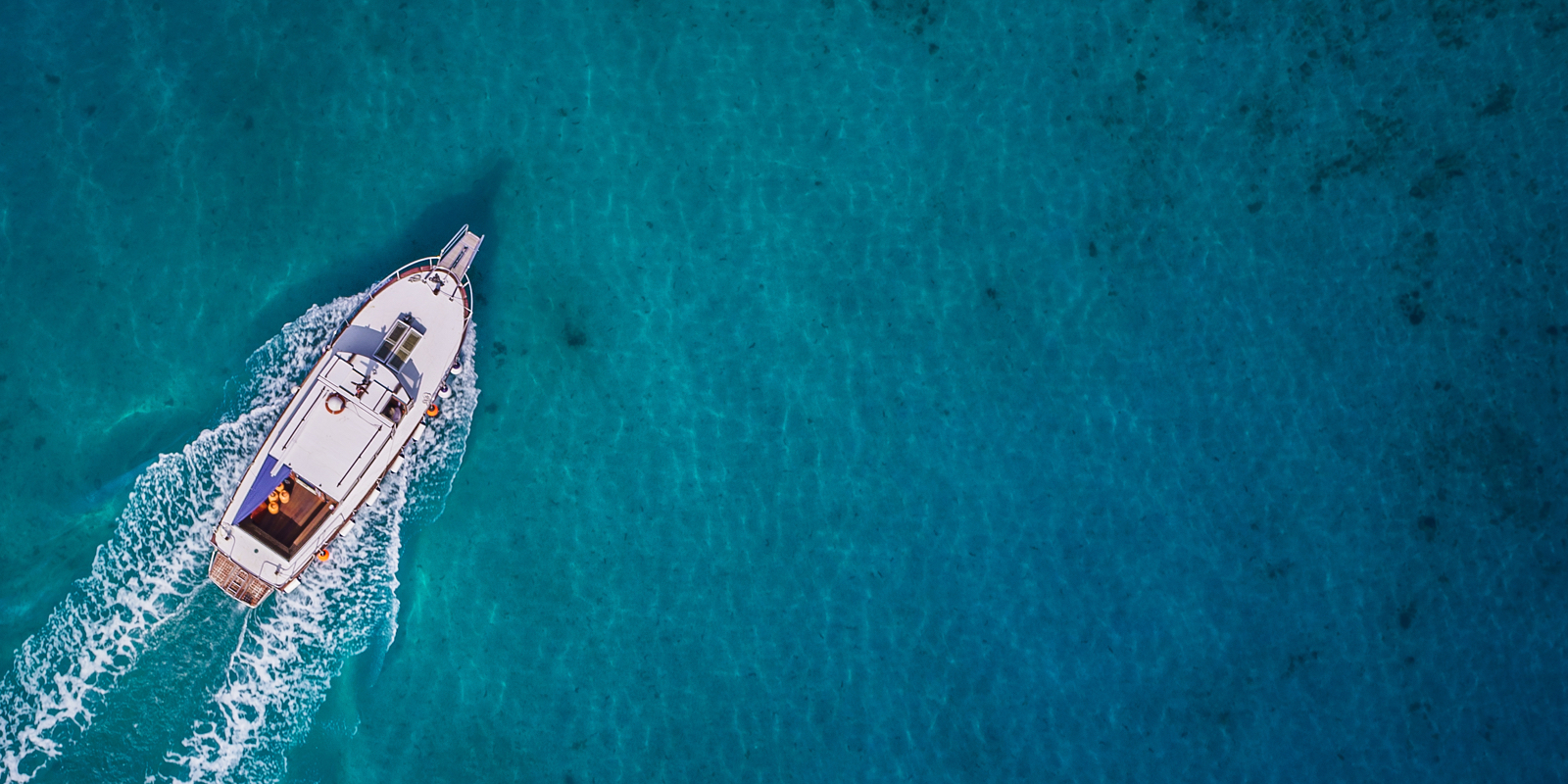Regular or Goofy
Left-foot forward riders will be comfortable on the port side. Right-foot forward riders go to starboard.
Getting Up
Now you’re ready for the driver to add throttle. As the boat begins to pull you, dig your heels into the board. There’s no rush to pull yourself up. Let the boat do the work to pull you up. Stand up slowly as the tail of the board digs in and starts to get on plane.
If you’ve never gone wakesurfing before, you’ll be surprised at how much push there is from the wave. Even with that push, it will take you some time for you to be able to drop the handle, and it all rests on your ability to find the sweet spot on the wave, usually just ahead of the “break.”
If your rider finds the wake too steep, add more ballast to the front. If the wake doesn’t have enough push, add ballast weight in the stern. Boat speeds will typically range from 15 to 20 KPH.
To turn, apply pressure to heel or toes, specifically your big toe. Be smooth about it. The board responds readily. To speed up, put more weight on your front foot. To slow down, add more weight to the rear foot. That’s enough to get you going. The rest is just practice.


